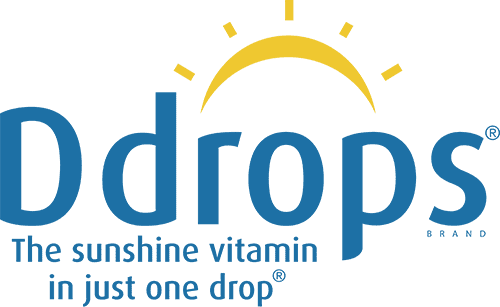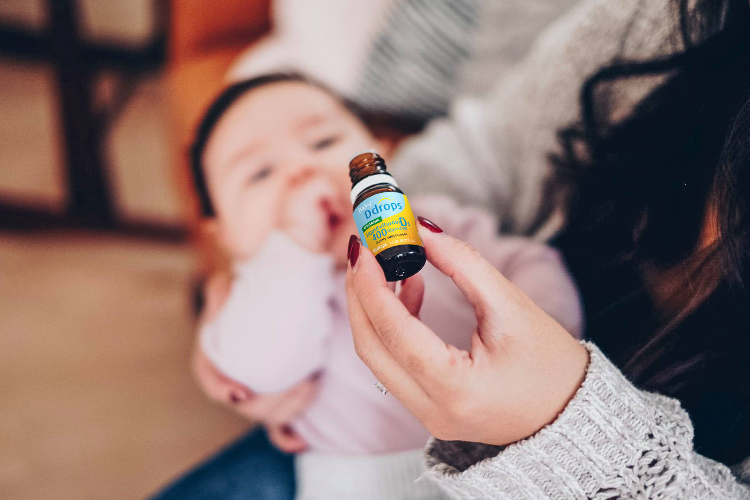February 28, 2016
Is it possible to get your daily requirement of vitamin D by nutrition only? The answer is tricky. Yes, it is possible. However, this might prove to be a difficult challenge since very few food items contain vitamin D. You would probably also need to consume large portions in order to meet your vitamin D needs.
The recommendations for vitamin D intake for adults can depend on many factors. The following table shows how much you would need each of the listed foods to reach a minimum of 600 IU. Some foods contain vitamin D naturally, and some are fortified with vitamin D.
| Dietary Source of vitamin D | Vitamin D content (approximate per serving) | Approximate amount to provide 600 IUs of vitamin D |
| Sardines, canned | 500 IU (3.5 oz, 100 g) | 4.2 oz (120 g) |
| Salmon, cooked | 360 IU (3.5 oz, 100 g) | 5.8 oz (167 g) |
| Mackerel, cooked | 345 IU (3.5 oz, 100 g) | 6 oz (174 g) |
| Tuna, canned in oil | 230 IU (3.5 oz, 100 g) | 9 oz (260 g) |
| Halibut, baked or broiled | 144 IU (2.6 oz, 75 g) | 11 oz (313 g) |
| Tuna salad | 144 IU (125 mL) | 17 oz (521 mL) |
| Oysters, boiled or steamed | 136 IU (6 medium) | 26 medium |
| Milk (nonfat, reduced-fat or whole) vitamin D – fortified | 100 IU (8 oz, 240 ml) | 48 oz (1.4 L) |
| Margarine, fortified | 60 IU (1 tbsp, 15 ml) | 10 tbsp (150 ml) |
| Egg yolk | 20 IU | 30 eggs |
| Beef, ground, regular, pan-fried | 12 IU (2.6 oz, 75 g) | 132 oz (3,750 g) |
| Chicken breast, roasted (with skin) | 8 IU (2.6 oz, 75 g) | 198 oz (5,625 g) |
Adapted from the Health Canada “Nutrient Value of Some Common Foods – Booklet“, 2008




ทิ้งข้อความไว้
เว็บไซต์นี้ได้รับการคุ้มครองโดย hCaptcha และมีการนำนโยบายความเป็นส่วนตัวของ hCaptcha และข้อกำหนดในการใช้บริการมาใช้